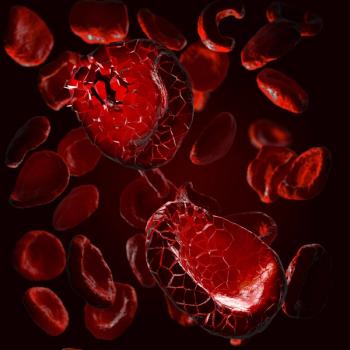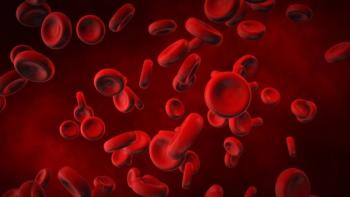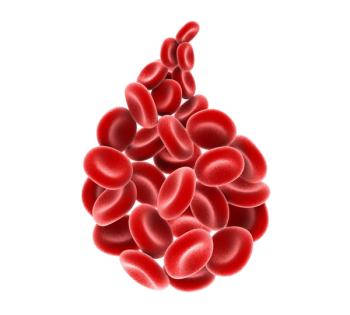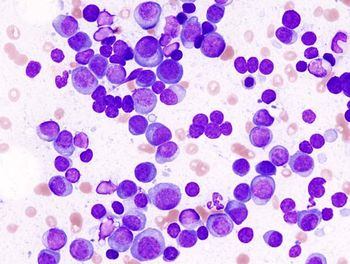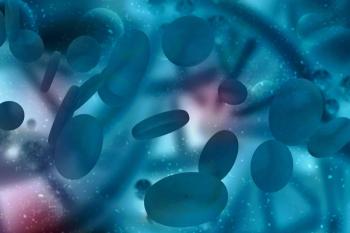
Oncology NEWS International
- Oncology NEWS International Vol 5 No 8
- Volume 5
- Issue 8
NCI Basic Research into HIV Structure Pays Off in AIDS Drug Development
BETHESDA, Md--NCI research from the 1980s, in which scientists used crystallography to study the structure of the human immunodeficiency virus (HIV), paved the way for development of the current crop of HIV-specific protease inhibitors (see " Early Combination Treatment May Provide HIV Control" for a report on clinical trials of protease inhibitors).
BETHESDA, Md--NCI research from the 1980s, in which scientistsused crystallography to study the structure of the human immunodeficiencyvirus (HIV), paved the way for development of the current cropof HIV-specific protease inhibitors (see " Early CombinationTreatment May Provide HIV Control" for a report on clinicaltrials of protease inhibitors).
Data from crystallization studies were used to develop 3-dimensionalmodels of the enzyme. Researchers were then able to determinethe shape a protease inhibitor must have to "fit" intothe enzyme's active site and inhibit its function.
The coordinates for the 3-dimensional image were deposited inthe Brook-haven National Laboratory database, making the structureavailable to pharmaceutical companies, who then put their drugdesign teams to work to develop novel inhibitors.
George VandeWoude, PhD, special advisor to the director of NCI'sDivision of Basic Sciences, said that the achievement "emphasizesthat basic research is worth the effort."
Articles in this issue
over 29 years ago
Chemo Improves Pain Relief in Advanced Prostate Cancerover 29 years ago
NCCR Urges Congress to Support Senate Bill for Cancer Researchover 29 years ago
Researchers Propose New Treatment Guidelines for HIVover 29 years ago
Salvage Cryotherapy for Prostate Cancer Studied at M.D. Andersonover 29 years ago
FNA Dropped From RDOG Study Due To High Rate of Insufficient Samplesover 29 years ago
New Thinking on HIV Progression Leads to New Strategiesover 29 years ago
Hospitals Told Not to Capitate for 'Wrong' Reasonsover 29 years ago
More Study Needed of Possible Carcinogenesis of Winter Gas Additiveover 29 years ago
President Makes NCAB AppointmentsNewsletter
Stay up to date on recent advances in the multidisciplinary approach to cancer.


